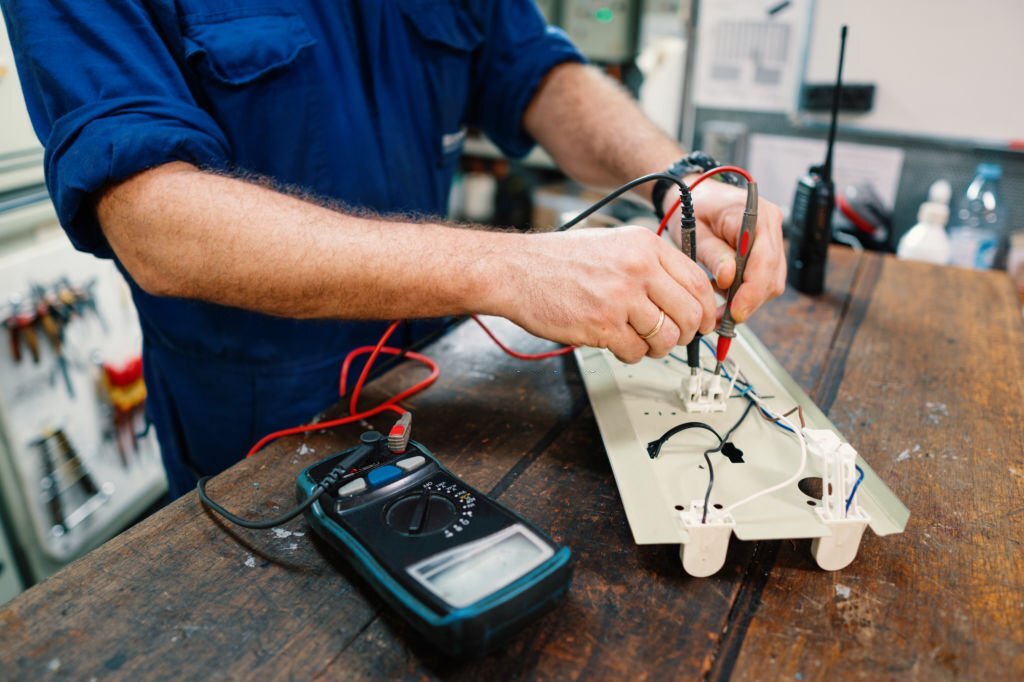Three-phase tests and tags are essential in ensuring the safety and functionality of electrical equipment in industrial settings. This method involves testing and tagging electrical equipment to identify and prevent potential hazards, increasing workplace safety and reducing the risk of accidents.

First and foremost, a three-phase test and tag are essential for compliance with safety regulations. In many countries, including Australia and New Zealand, electrical equipment must be regularly tested and tagged to meet workplace safety standards. Failure to comply with these regulations can result in hefty fines and legal consequences. By implementing a three-phase test and tag program, businesses can ensure that their equipment meets all safety requirements, avoiding any legal issues arising from non-compliance.
Secondly, a three-phase test and tag are crucial for identifying and preventing electrical hazards. Electrical equipment can deteriorate over time, leading to potential safety risks such as electrical shocks, fires, or equipment failure. Regular equipment testing and tagging allow for detecting faults or defects, ensuring that equipment is in proper working order. This protects employees from potential harm and prevents damage to property or interruptions in business operations due to equipment failure.
Furthermore, three-phase tests and tags can help businesses reduce the risk of workplace accidents. Faulty electrical equipment is one of the leading causes of workplace accidents, resulting in injuries, lost productivity, and increased insurance costs. By regularly testing and tagging their equipment, businesses can identify faults or defects before they cause accidents. This proactive approach to safety significantly reduces the risk of accidents, creating a safer work environment for employees.
Additionally, the three-phase test and tag promote a workplace safety culture. When employees see that their employer prioritizes safety by implementing a comprehensive testing and tagging program, they are likelier to follow safety protocols and take precautions while working with electrical equipment. This helps create a safety-conscious environment where employees are vigilant about identifying and reporting potential hazards.
Moreover, three-phase tests and tags can help businesses save money in the long run. While implementing a testing and tagging program may require an initial investment, it can ultimately lead to cost savings. Businesses can avoid costly repairs or replacements by identifying and addressing faults or defects in electrical equipment early on. Additionally, a proactive approach to safety minimizes the risk of workplace accidents, which can result in expensive medical bills, legal fees, and increased insurance premiums.
In conclusion, a three-phase test and tag is essential for ensuring workplace safety and compliance with regulations. By regularly testing and tagging electrical equipment, businesses can identify and prevent potential hazards, reduce the risk of accidents, and promote a safety culture. This protects employees and property and saves businesses money in the long run. Implementing a comprehensive testing and tagging program is a proactive step toward creating a safe and productive work environment.
Read more https://qualitytestandtagmelbourne.com